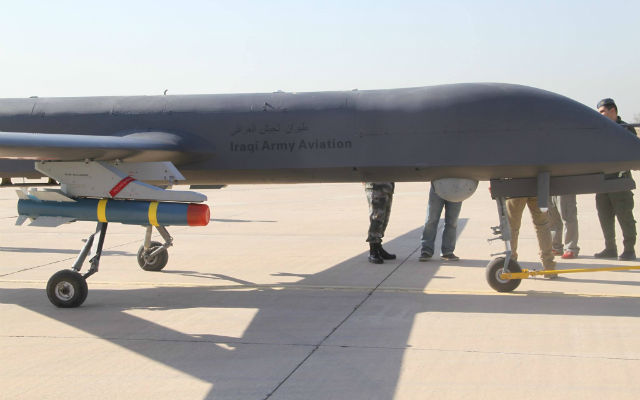More needs to be done by the West to address an ever-increasing imbalance of military power towards nations benefiting from new low barriers of entry to advanced missile and unmanned technology, new analysis has revealed.
As cruise and ballistic missile and unmanned air vehicle technology proliferates to become more accessible to emerging nations, the West needs to “stay ahead of the curve” to maintain a technological – and strategic – edge over capabilities emerging in China and Russia.
“Advanced weapon systems are no longer the reserve of Western states,” John Chipman, director-general and chief-executive of the International Institute for Strategic Studies, said at the launch of the organisation’s Military Balance 2016 publication in London on 9 February.
Significant developments include a recapitalised Russian cruise missile inventory and the development of weapons such as the Chinese DF-26 intermediate-range ballistic missile, which could reach the USA’s overseas territory in Guam.
“Unmanned systems, particularly UAVs, are now relatively common around the world,” Chipman says. “Noteworthy developments in the past year include the appearance of armed UAVs of Chinese origins in Iraq and Nigeria. Small UAVs, often of commercial origin, are increasingly finding their way into inventories.
“The technological playing field is levelling, and advanced military technology is proliferating. The cost of defence technology is falling, as are the barriers to entry.”

Chinese-built Iraqi CH-4 UAV
Iraqi defence ministry
He says the West needs to “stay ahead of the curve and invest in new, high technology areas” such as cyberspace, autonomy, robotics, and directed energy weapons. “Novel equipment developments”, such as the UK’s Airbus Defence & Space Zephyr high-altitude pseudo-satellite, are another area in which the West can have an edge, adds Chipman.
“Another approach will be to combine existing technologies in new ways,” he says. “One example is a US programme to develop swarming UAVs, combining low-cost UAVs with autonomous technology.”
Chipman notes governments will inevitably turn to the private sector for advanced technology as the lines between commercial and military technology become blurred.
“Western military technological superiority… is eroding,” Chipman notes. “Slowing this emerging trend or reversing it will be a key preoccupation of Western strategists in the coming decade.”
Source: FlightGlobal.com



















